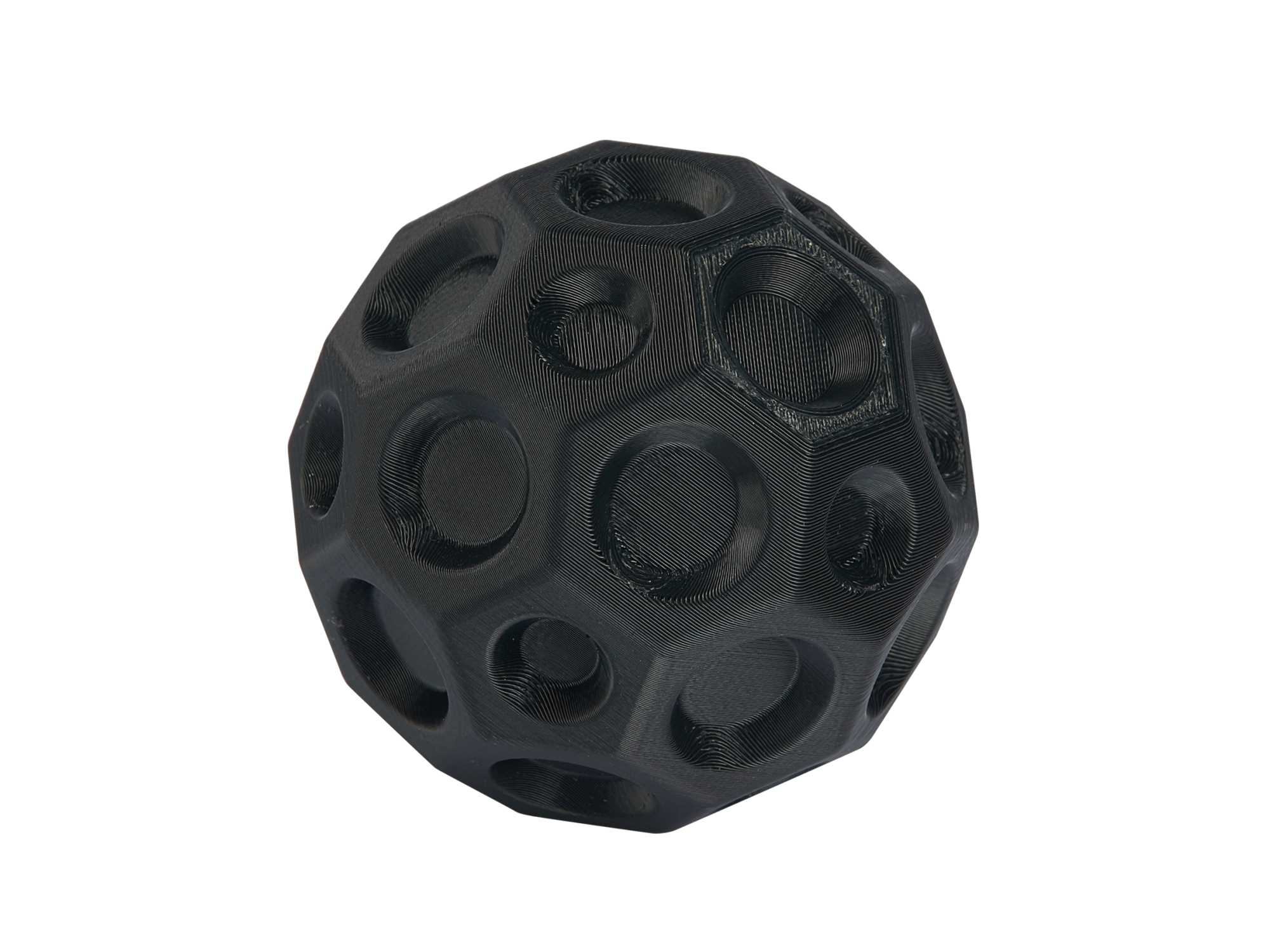What Is Fused Deposition Modeling (FDM) 3D Printing?
Introduction
Fused Deposition Modeling (FDM) is one of the most established additive manufacturing technologies widely used for its simplicity, efficiency, and adaptability. Developed in the late 1980s by Scott Crump and later commercialized by Stratasys, FDM became a revolutionary force in rapid prototyping and small-scale manufacturing. It is extensively utilized across aerospace, automotive, medical, consumer goods, and educational industries. FDM works by melting and extruding thermoplastic filaments layer-by-layer, creating intricate, functional, and complex designs unattainable by conventional manufacturing.
FDM Manufacturing Process
How FDM 3D Printing Works: Step-by-Step
The FDM process initiates with a digital model, typically generated in CAD (Computer-Aided Design) software. The CAD file is converted to an STL file, which the slicing software processes, slicing the design into thin horizontal layers and creating precise toolpaths in G-code. This detailed process guides the printer precisely during the printing operation.
Thermoplastic filament stored on a spool feeds into the extruder, where it's heated to its melting temperature. The melted filament is then deposited onto a build platform following the G-code's predetermined paths, cooling and solidifying immediately to form the initial layer. The platform gradually lowers after each layer is deposited, allowing subsequent layers to stack upon the preceding ones until the complete object emerges.
Advantages and Limitations of FDM
Advantages:
Cost-effective and highly accessible for businesses and hobbyists
Flexible selection among diverse thermoplastic materials
Ideal for functional prototyping and low-volume manufacturing
Minimal setup and straightforward operation
Limitations:
Noticeable layer lines and reduced surface smoothness
Requires additional support structures for complex overhangs
Comparatively lower resolution and accuracy than SLA or SLS
Key Applications in Industries
FDM technology is widely adopted in various sectors:
Aerospace: Lightweight components, custom brackets, functional prototypes.
Automotive: Jigs, fixtures, tooling, and custom car interior elements.
Medical: Customized orthotic devices, prosthetics, and medical device prototypes.
Consumer Products: Personalized household items, electronic casings, and replacement components.
Education: Educational models, student projects, rapid prototyping for research.
Commonly Used Materials in FDM
Thermoplastics are the primary materials used in FDM printing, offering unique properties:
ABS: High durability, impact-resistant automotive and consumer electronics parts.
PLA: Easy to use, environmentally friendly, best for prototyping and non-critical applications.
PETG: Combines strength and flexibility, chemical resistance, and is used in medical and food-safe items.
Nylon: Excellent strength and flexibility, suitable for gears and functional prototypes.
Polycarbonate: Heat and impact-resistant, excellent for functional prototypes and strong end-use components.
PEEK: Exceptional thermal and chemical resistance, aerospace, medical, and automotive parts.
Choosing the Right Material for Your Application
Selecting appropriate materials for FDM involves balancing performance requirements against cost, durability, and environmental conditions. PLA and ABS provide excellent general-purpose solutions, while specialty materials like Nylon, PETG, or PEEK cater to demanding industrial applications.
Surface Treatments for FDM Parts
Due to inherent layer lines in FDM printing, surface treatments significantly enhance aesthetic and functional quality.
Sanding and Polishing
The simplest method for improving surface texture involves sanding with progressive grits and then polishing to a high-quality finish. Ideal for prototypes requiring smooth surfaces.
Vapor Smoothing (Acetone Treatment)
Primarily used with ABS, acetone vapor smoothing partially dissolves surface layers, creating a glossy finish free of layer lines, often utilized for consumer-facing parts.
Primer and Painting
Using primers and specialized paints effectively hides imperfections and offers aesthetic appeal. Commonly employed in automotive and consumer products requiring customization and branding.
Epoxy Coating
Epoxy coatings strengthen and smooth surfaces, providing glossy finishes with increased durability, suitable for parts requiring enhanced mechanical properties.
UV Coating
UV coatings add glossy aesthetics and improved weather resistance, protecting components from UV radiation and extending their functional lifespan in outdoor applications.
FAQs:
What materials can be used in Fused Deposition Modeling (FDM)?
How accurate are parts produced by FDM 3D printing?
What are the most effective surface finishing methods for FDM printed parts?
Can FDM printed parts be used in functional and end-use applications?
What are the main differences between FDM and other 3D printing methods?

